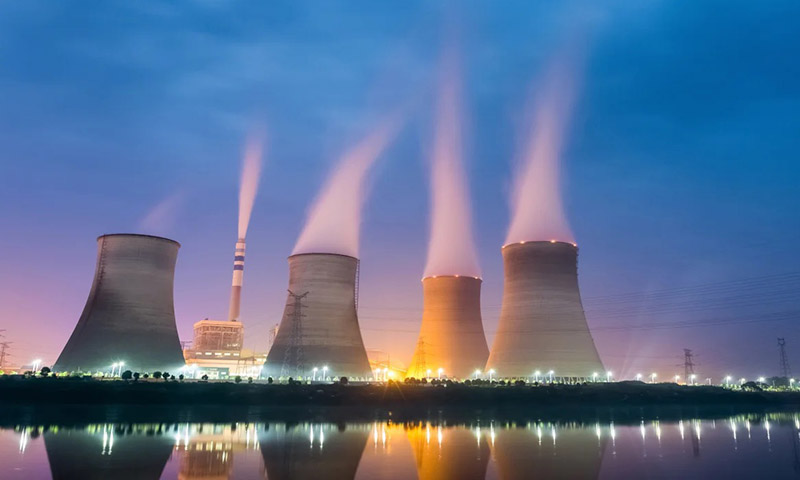Engineering Post Report
Pakistan had become a nuclear power producer, using civil nuclear technology for peaceful purposes way back in 1972 when KANUPP, a 137 MW nuclear power plant started its operations in Karachi.
The Pakistan Atomic Energy Commission (PAEC), is the only institution in Pakistan authorized to exploit the vast atomic energy generated by splitting nuclei ,developing and running it. After fifty years, KANUPP was shut down in August 2021, but its infrastructure and understanding has helped Pakistan build a reliable nuclear power programme supplementing greatly in overcoming the energy sector supply and demand situation.
The rejuvenation of nuclear power in Pakistan began at the end of the last century , when KANUPP was almost three decades old, due to Pakistan’s inclusion in the list of countries denied nuclear technology transfer. Now the nuclear fleet consisting of 6 Nuclear Power Plants is worth 3530 Megawatt. Four units, C-1 and C-2, each of 325 MW and C-3 and C-4 each of 340 MW) are currently operational at Chashma, Mianwali in Punjab province, while two plants (K-2 and K-3) , each with a capacity of 1100 MW are operational in Karachi. K-3 was formally inaugurated by the Prime Minister on February 2, 2023.
While KANUPP was a Pressurized Heavy Water Reactor constructed with the help of Canada, the new generation of nuclear plants was all Pressurized Water Reactor designed and constructed with the assistance of China. One more plant of 1100 MW capacity, destined to be installed at Chashma was in its planning stage.
Nuclear Power Plants have the unique characteristic of operating for about 18 months with no additional fuel. Moreover, fuel for another 18 months can be stored on the plant site without additional infrastructure costs.
The 6 Nuclear Power Plants had supplied about 18739 million units of electricity to the national grid from July-March FY2023 according to the information now available, the uninterrupted electricity supply from these nuclear power plants was about 27 percent of the total electricity supplied in the national grid.
C-1 and C-2 NPPs have a net capacity of 300 MW against a gross capacity of 325 MW each. Similarly C-3 and C-4 have the net capacity of 315 MW against gross capacity of 340 MW each and K-2 and K-3 have the net capacity of 1017 MW against gross capacity of 1100 MW each.






